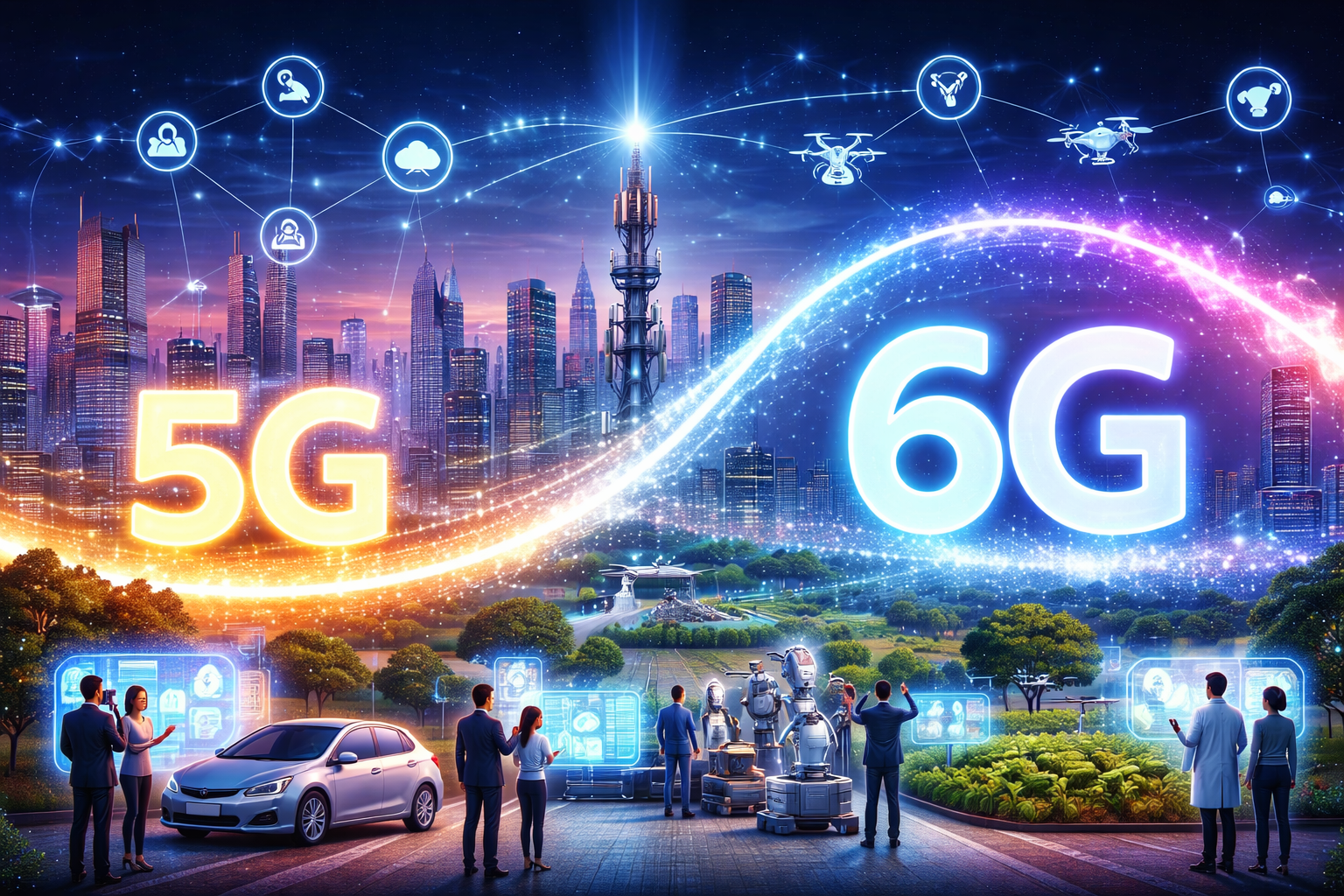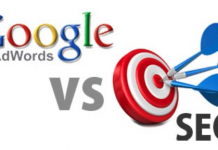Constantly, the world we live in becomes more and more dependent on machine-based technologies and computational innovations. And one of the significant breakthroughs we witness today is the birth of the new Internet, or as it’s commonly known – Web 3.0.
With Web 3.0, human-like interactions, intelligence operations, data ownership, and intuitive, more relevant results will become real. That’s why it’s essential to gain more knowledge and have a clear idea of what Web 3.0 is and how it will change the quality of our lives.
If you are also interested in this topic, join us and explore more in this article.
Internet Evolution Phases
What is Web 3.0, and how does it work? Before we answer these questions, let’s first look at the web’s evolutionary history.
Web 1.0 or Syntactic Web
Web1.0 is the very first version of the Internet. It allows users only to read the content on websites driven by Hypertext Transfer Protocol, Hypertext Markup Language, and URL technology. It can be considered the fundamental step and the initial skeleton of the internet infrastructure.
Web 2.0 or Social Web
It’s the current web version driven by social networks, web browsers, and mobile devices. The users of Web2.0 can read, write content and share it on different websites due to its immediate attention to user-generated content creation and interaction. In addition, Web2.0 uses a central controlling node for storing users’ information and data collection.
Web 3.0
Web 3.0 is the future version of the Internet and the next iteration of the World Wide Web. Everything that is still impossible with Web2.0 will become a reality in the Web3.0 era.
We can define the future web as the decentralized form of the current Internet with the main focus on real-world human communication and machine learning algorithms. As a result, people will be able to interact with the data more intuitively, which will double the Internet usage and the functionality of search engines. Moreover, various technologies and web applications will come to light, bringing numerous features to make the web experience of Internet users more comfortable and transparent.
Such innovations will cover the industries, including cryptocurrencies, blockchain networks, social media platforms, etc. While using Web3.0, users can create their own content, sell digital assets, invest in the best Web3 coins, and maintain ownership rights. With this business model, the users can easily log into web pages without worrying about their privacy or targeted advertising.
Web 3.0 Features
To understand the future Internet, we need to look at its listed features.
- Decentralized Web: The key advantage of Web 3.0 is its decentralized infrastructure. There is no central control and no central authority giving permissions or centralized servers like Web2.0. Instead, the data will be stored on decentralized data networks to ensure a safe environment for its users and be distributed on various devices: mobile phones, laptops, search engine mechanisms, etc.
- Connectivity: Due to semantic metadata, the information in Web 3.0 is more connected. As a result, the platforms provide users with an entirely new level of connectivity, data communication, and a more comfortable web experience.
- Edge Computing: The advancements in computing technologies are another relying stone for Web 3.0 algorithms. Here databases and apps are operated at the edge of decentralized networks on devices with an Internet connection like laptops, mobiles, appliances, etc.
- Semantic Web: The basics of the Semantic Web are of great importance for developing intuitive interaction for users. It uses Natural Language Processing and emotive psychology to improve the web technologies’ ability to generate and connect content.
- Artificial Intelligence: Artificial intelligence combined with semantics provides users with a satisfying experience of fast and accurate search results. It’s possible through machine-based algorithms that recognize the meaning of words rather than specific numbers or keywords.
- Blockchain Technology: Data decentralization, digital representation, security, and encryption processes are possible with the help of blockchain technologies and smart contracts. As a result, the web users’ information is safe from being controlled by big tech companies without their direct permission.
Conclusion
Web 3.0 will also take time before becoming a stable and secure environment, like all newly adopted technological innovations. However, the benefits it will bring us are indeed worth all efforts, changes, and difficulties.













